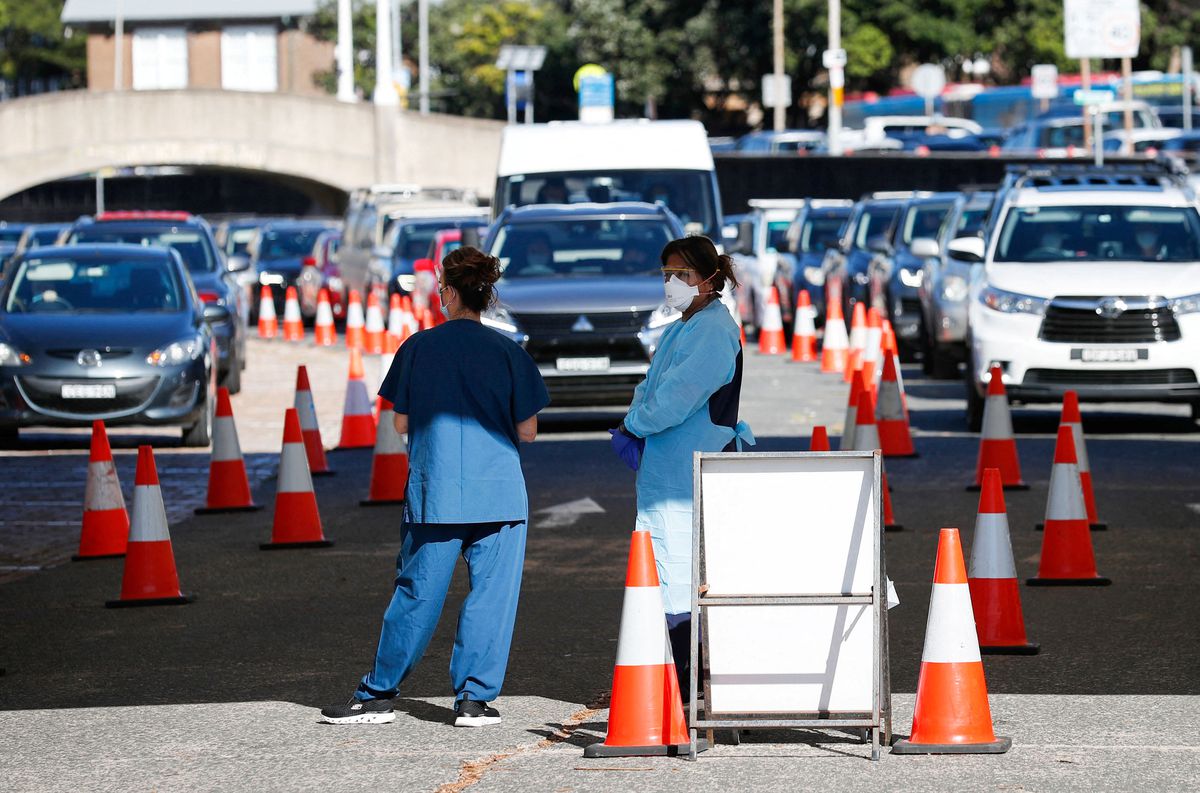In the Middle East and North Africa (MENA) region, the Covid-19 pandemic has put “ill-prepared” health systems to the test, said Thursday the World Bank which underlines “the need to urgently remedy the underinvestment” in this key sector. For 2021, the international institution anticipates a “timid and uneven” economic recovery with a GDP of 2.8% by the end of the year, a percentage lower than the levels before the health crisis.
“Overall, the estimated cumulative cost of the pandemic in terms of GDP losses in the region by the end of the current year amounts to nearly 200 billion dollars, ”notes the Washington-based financial institution which describes, in its latest newsletter, the constraints that weighed on the region’s health systems before the onset of the pandemic, in particular due to a “High public wage bill diverting investments that could have been allocated to social services such as health”. “We are faced with a sad reality: the health systems of the MENA region, which were considered relatively developed, have collapsed in the face of the crisis,” said World Bank vice president for the MENA region, Ferid. Belhaj.
“In the future, more emphasis will need to be placed on strengthening essential public health functions and harnessing the power of health data and health prevention systems as a lever to accelerate recovery in the region and prepare for future public health emergencies that could generate new pandemics, climate-related disasters and even social conflicts, ”he advocated. Regarding GDP per capita, which is used to measure the standard of living of a population, the World Bank report predicts a timid and uneven recovery for 2021 across the MENA region. “In fact, according to forecasts, the region’s GDP per capita is only expected to increase by 1.1% in 2021, after declining by 5.4% in 2020. By the end of 2021, it will still be 4% lower. , 3% at the rate recorded in 2019 “, it is indicated.
” In 2021, 13 countries in the region out of 16 will have a standard of living lower than this that they knew before the pandemic. In addition, the growth rate of GDP per capita will not be the same from one country to another: it will vary from -9.8% in Lebanon – plunged into a deep recession – to 4.0% in Morocco ” , noted the Bretton Woods institution.
The recovery will also depend, adds the same source, on the rapid and equitable deployment of vaccines, particularly at a time when new virus variants. “Political uncertainty in some countries and the pace of revival of tourism activity in others also present risks for growth,” underlines the international financial institution.
“The past two years have shown the need to contain the pandemic not only to save lives, but also to accelerate the economic recovery, which is today precarious and uneven across the MENA region. Pressured health systems and slow immunizations in many low- and middle-income countries in the region pose downside risks, ”said Roberta Gatti, World Bank chief economist for the MENA region. The MENA region is “one of the few in the developing world where the share of public spending in GDP increased during the decade preceding the pandemic, from 16% to 18% between 2009 and 2019”, recalls the same source.
The report also reveals that “not only were the region’s public health systems not sufficiently equipped to absorb the shock of the pandemic, but also that the authorities had previously painted an overly optimistic picture of the readiness of these systems in their self-assessments ”. And to argue that “greater transparency” of public health data can help countries not only meet chronic health care needs, but also prepare for future health emergencies.
LNT with MAP
Note: This article have been indexed to our site. We do not claim legitimacy, ownership or copyright of any of the content above. To see the article at original source Click Here













